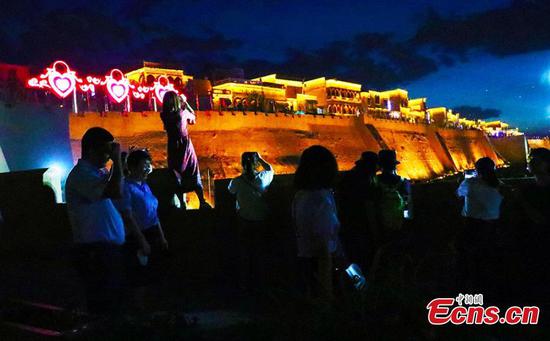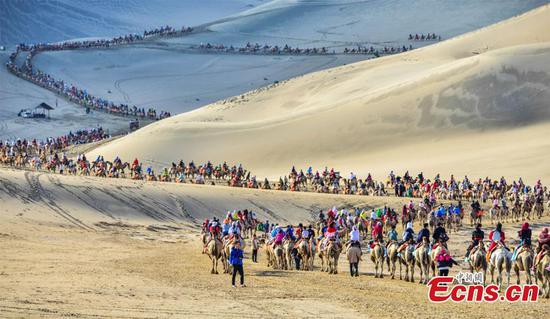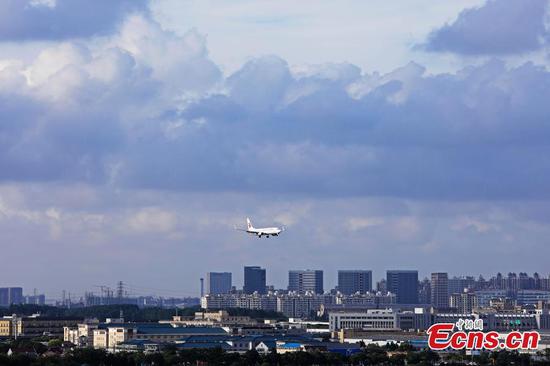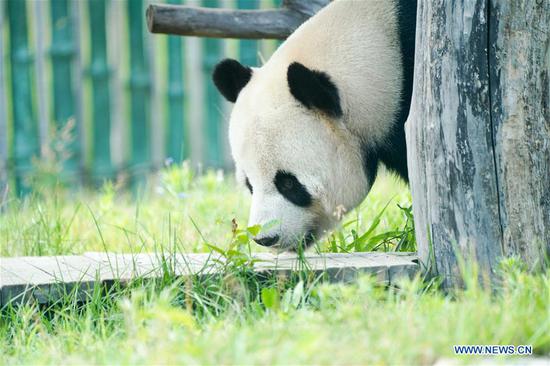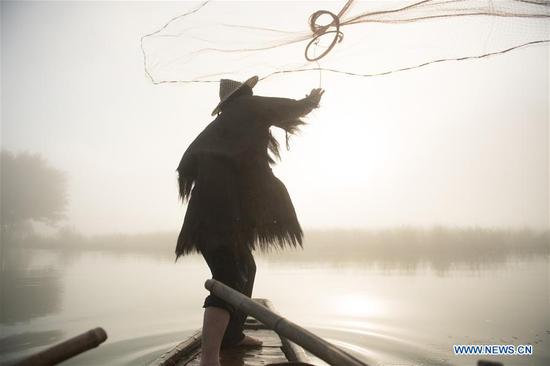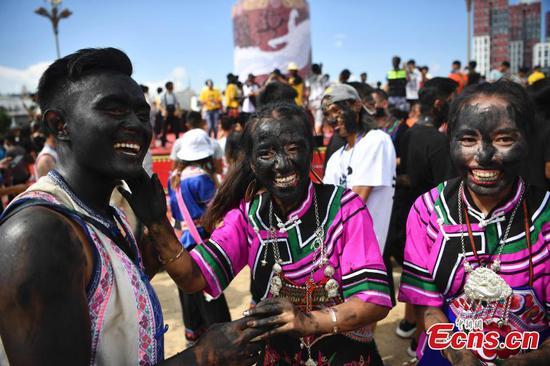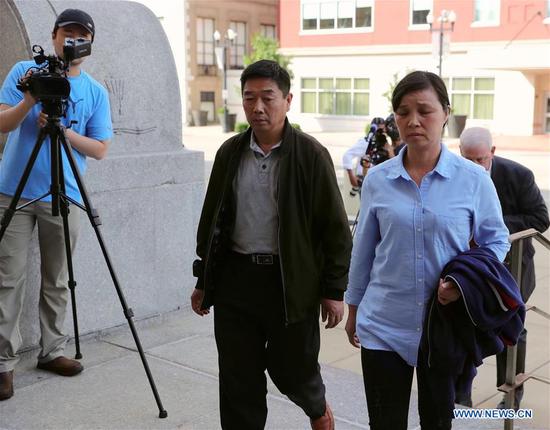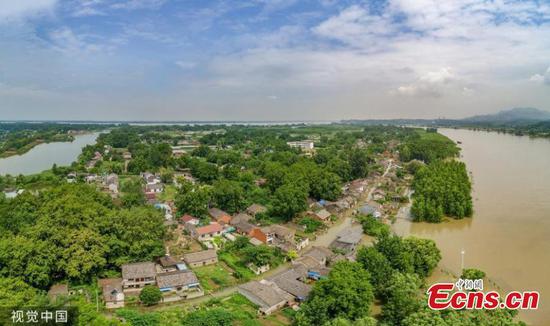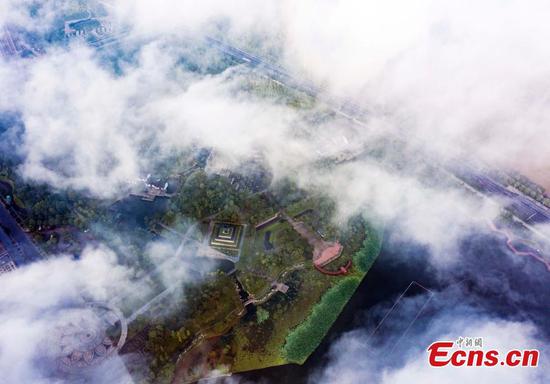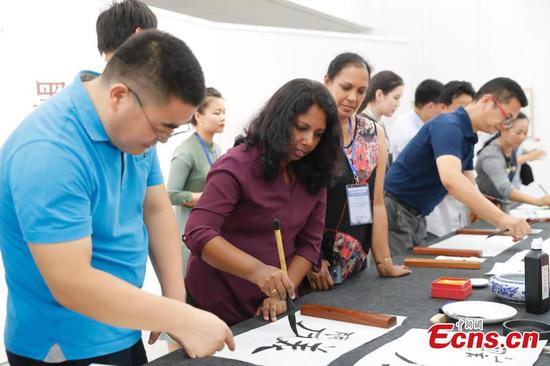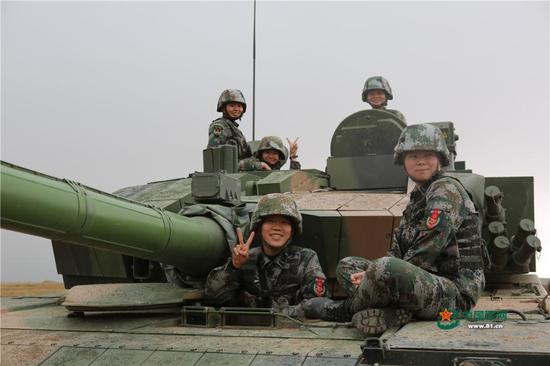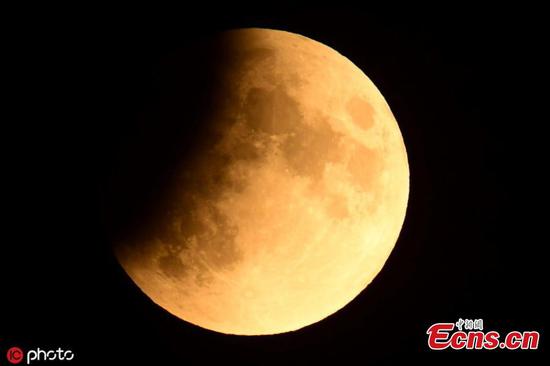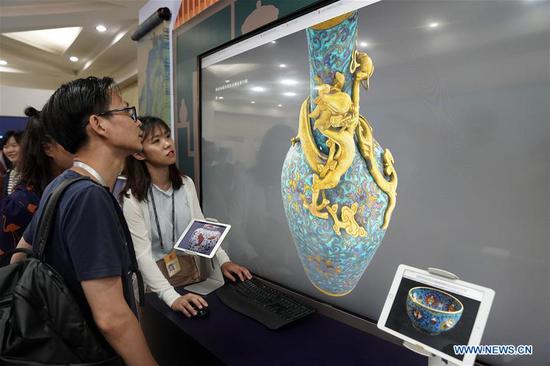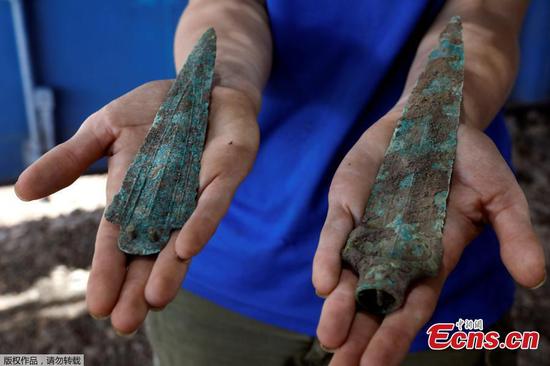II. Xinjiang Has Never Been “East Turkistan”
The Turks (Tujue in Chinese) were nomads who originated in the Altai Mountains in the middle of the 6th century. The Turks annihilated the Rouran and established a Turkic khanate in 552, which split into two forces, settling on either side of the Altai in 583. The Tang Dynasty defeated the Eastern Turkic Khaganate (583-630) in 630, and joined forces with the Ouigours to eliminate the Western Turkic Khaganate (583-657) in 657, thus uniting the Western Regions under central rule. In 682, the remnants of the Eastern Turks that were relocated in the north rebelled against the Tang court and established the Second Turkic Khaganate (682-744). This was quelled by the Tang in 744 with the help of the Ouigour and Karluk peoples in Mobei (the area north of the vast deserts on the Mongolian Plateau). Kutlug Bilge Khagan, leader of the Ouigours, was granted a title by the Tang court, and established a khanate in Mobei. In the late 8th century, the nomadic Turks dissolved as its last khanate collapsed. They mixed with local tribes during their migration to Central and West Asia, but these newly formed peoples were fundamentally different to the ancient Turks. Ever since then, Turks have disappeared from China’s northern regions.
Never in Chinese history has Xinjiang been referred to as “East Turkistan”, and there has never been any state known as “East Turkistan”. From the 18th century to the first half of the 19th century, as the West made a distinction between the various Turkic languages (branches of the Altaic languages), some foreign scholars and writers coined the term “Turkistan” to refer to the region south of the Tianshan Mountains and north of Afghanistan, which roughly covered the area from southern Xinjiang to Central Asia. They called the two areas on either side of the Pamirs “West Turkistan” and “East Turkistan”. At the turn of the 20th century, as “Pan-Turkism” and “Pan-Islamism” made inroads into Xinjiang, separatists in and outside China politicized the geographical concept and manipulated its meaning, inciting all ethnic groups speaking Turkic languages and believing in Islam to join in creating the theocratic state of “East Turkistan”. The advocacy of this so-called state has become a political tool and program for separatists and anti-China forces attempting to split China.











